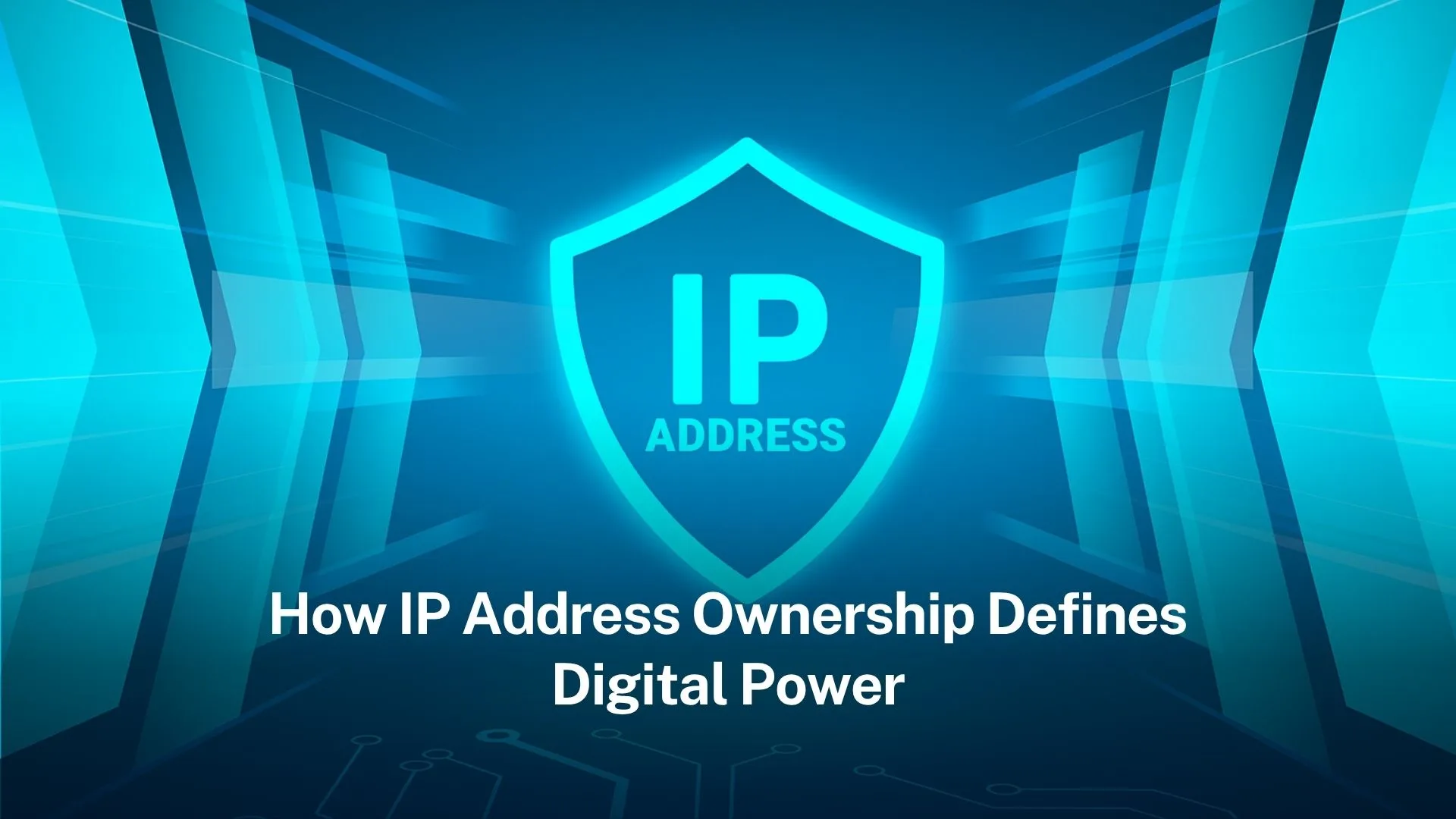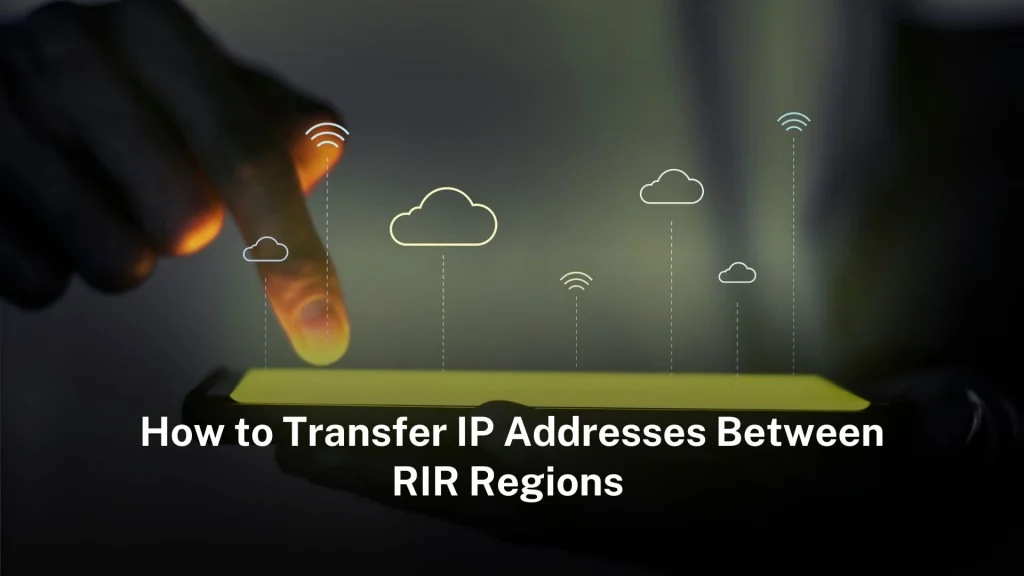Control over IP address distribution remains a key axis of influence. It operates within the digital ecosystem. It shapes access to the internet, impacts commercial activities, also defines network architecture. Ownership of large IP allocations continues to confer specific advantages. These advantages are operational. They are strategic. They are also economic. They apply in the internet infrastructure space. IP address allocation is uneven. Legacy paradigms persist. These two factors mean digital power remains concentrated. It lies among early-mover organisations. It also lies among early-mover regions.
Architecture of IP address ownership
The Internet Protocol (IP) address serves a fundamental purpose. It acts as an identifier. The identifier is for devices connected to the internet. Unique addresses are essential. Without them, routing would collapse. Communication between systems would fail. An analyst has made a statement. “For the Internet to work we need two things: unique IP addresses and unique autonomous system numbers.”
Many people assume IP address ownership is straightforward. It is not. A recent overview has provided clarity. Technically, no single entity “owns” an IP address in the absolute sense. They are assigned through a specific system. That system is a layered registry system.
This layered system operates through a specific structure. It is managed by the Internet Assigned Numbers Authority (IANA). Then it is delegated to regional entities. These entities are known as Regional Internet Registries (RIRs). This structure means address blocks become an asset. Assignment becomes an exercise in resource power.
Historical privilege and the emergence of digital power
The internet evolved through an early phase. During this phase, large IP blocks were distributed. The distribution had minimal constraint. This was particularly true in North America and Europe.
The classful network paradigm was in place. Entities received generous allocations under this paradigm. These allocations later translated into operational advantage. A study has yielded a finding. “Most delegation is performed by a small number of organisations.” This exposes concentration of address control.
These early allocations provide legacy advantages. Organisations hold large contiguous blocks. They benefit from specific operational gains. One gain is routing simplification. Another is prefix aggregation. A third is cost efficiencies.
IPv4 exhaustion has set in. In this age, those advantages translate into real-world competitive power. The power includes fewer advertisements in global routing tables. It includes lower overhead. It also includes greater flexibility.
Regional dimension and digital sovereignty
Ownership of IP addresses confers additional leverage. It can be national leverage. It can be regional leverage. Address space is tied to specific factors. One factor is geolocation. Another is policy frameworks. A third is national regulation. A paper on “IP Neo-colonialism” makes an argument. Address allocations still reflect entrenched power structures. Regions that arrived late to the internet growth curve face consequences. They find themselves subject to stricter quotas. They receive smaller allocations.
Nations and network operators gain value from control over address resources. It may support government policy. It can enhance critical infrastructure resilience. It helps advance digital-sovereignty ambitions.
Countries host large address holdings. They can attract specific entities. These include cloud providers, data centres and network operators. This attraction increases their digital ecosystem’s value-capture.
Ownership, economics and the IPv4 scarcity market
Unallocated IPv4 space has been depleted. Ownership of large blocks now has real economic value. The International Telecommunication Union (ITU) has released a policy document. It notes that conservation remains a valid concern. Economic incentives matter for resource-management.
Secondary markets for IPv4 addresses have emerged. Organisations hold legacy allocations. They can lease blocks. They can sell blocks. They effectively monetise their address-asset. Their structural power lies in specific capabilities. They can influence market pricing. They can migrate more easily into new opportunities.
Newer entrants face different circumstances. They lack substantial legacy holdings. They encounter higher costs. They deal with more transfers. They have reduced strategic flexibility.
Route control and the strategic dimension of IP blocks
Owning large chunks of address space enables organisations to exert influence. The influence is at the routing level. Prefix aggregation serves a key function. It helps reduce global routing table size. This saves on router memory. It also reduces overhead.
This technical efficiency translates into power. The power includes fewer inter-connections. It involves simpler peering arrangements. It provides stronger negotiating positions. These positions are with transit providers.
Control of IP allocations is intertwined with security concerns. Routing-hijack risks are an example. BGP hijacking is one such risk. It exploits gaps in ownership transparency. It also exploits gaps in registration transparency. The power to manage address space responsibly becomes an advantage. It is an operational advantage. It is also a reputational advantage.
Transition to IPv6 and the persistence of legacy power
IPv6 was designed with specific goals. It aims to eliminate the scarcity of addresses. It seeks to level the playing field. Despite its availability, IPv4 remains dominant. This dominance is in many networks and uses. Legacy ownership of IPv4 blocks continues to matter. Historically privileged organisations remain advantaged.
IPv6 has not achieved full ubiquity. Until it does, the strategic value of IPv4 blocks persists. Digital power remains rooted in the past. Newer networks may deploy IPv6. They still compete in a mixed protocol environment. IPv4 holdings matter in this environment. They matter for compatibility. They matter for routing relationships. They matter for global reach.
Governance, transparency and contested ownership
The notion of ownership in the address space poses governance questions. Are address blocks just “assigned” resources? Or are they quasi-assets that confer power? A transparency gap persists. RIR registers record allocations. But questions remain. They concern how addresses are used. They concern how addresses are transferred. They concern how addresses are exploited.
An article has examined IP allocation. It used the lens of public-good theory. It found that address-block trading sometimes contravenes policy. Enforcement of relevant policies is weak.
Calls for more transparent ownership frameworks are growing. Digital-policy advocacy makes an argument. Address-space control should align with public interest. It should not just serve early access. Transparency and equitable design are necessary. Without them, the internet’s resource foundations may entrench power. They may not liberate innovation.
Implications for networks, enterprises and nation-states
Network operators and enterprises benefit from large IP address holdings. The benefit is tangible operational advantage. It includes easier peering. It involves lower costs. It features fewer routing announcements. It provides strategic bargaining leverage.
National governments and regulators integrate address distribution control. It forms part of digital-sovereignty frameworks.
Nation-states lack large historical allocations. They face a specific challenge. They need to build parity in the address economy. Address-space scarcity imposes a structural barrier.
Organisations holding large blocks retain opportunities. These opportunities go beyond address usage. They include strategic monetisation. They involve data-centre deployment. They feature international bargaining.
Future of IP address power dynamics
The internet continues to evolve. The metrics of digital power will evolve with it. Address-space ownership remains one metric. It is among many. But it is often overlooked.
New technologies are emerging. Examples include network slicing, edge computing and non-terrestrial networks. The topology of the address ecosystem may change. Until that change happens, those holding legacy blocks continue to hold disproportionate influence.
Policy interest may grow in re-balancing resources. Possible measures include transfer restrictions. They may involve enhanced transparency. They could include regulatory redesign. The era of inherited address power may come under pressure.
Absent such policy changes, historical allocations will continue. They will underpin contemporary digital power.
FAQs
What does ‘IP address ownership’ actually mean?
Ownership is a misnomer. Addresses are allocated. They are not owned in the traditional sense. The layered registry system grants specific rights. These are usage rights. They are not absolute ownership.
Why do large IP address allocations offer strategic advantage?
Large contiguous blocks enable specific benefits. They allow efficient routing aggregation. They reduce the number of announcements. They lower overhead. They also enable asset-like value. This value applies in transfer or leasing markets.
Will transitioning to IPv6 eliminate the power imbalance?
Not immediately. IPv6 offers vast address space. But IPv4 remains widespread. Legacy allocations continue to matter. They matter for compatibility. They matter for routing. They matter for value.
How do regional differences in allocation affect digital power?
Early-mover regions received large allocations. They operated under lenient regimes. Regions that came later face different conditions. They encounter stricter criteria. They receive smaller holdings. This reinforces structural disadvantage.
Can policy change the address-ownership power dynamic?
Yes. But the process is complex. Policy options include specific measures. They include tighter transfer rules. They involve more transparent registries. They feature incentives for efficient use. Change requires specific elements. It needs technical will. It needs regulatory will. It also needs political will.










Leave a Reply